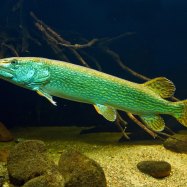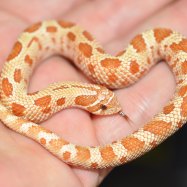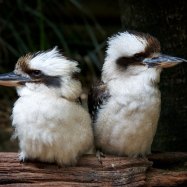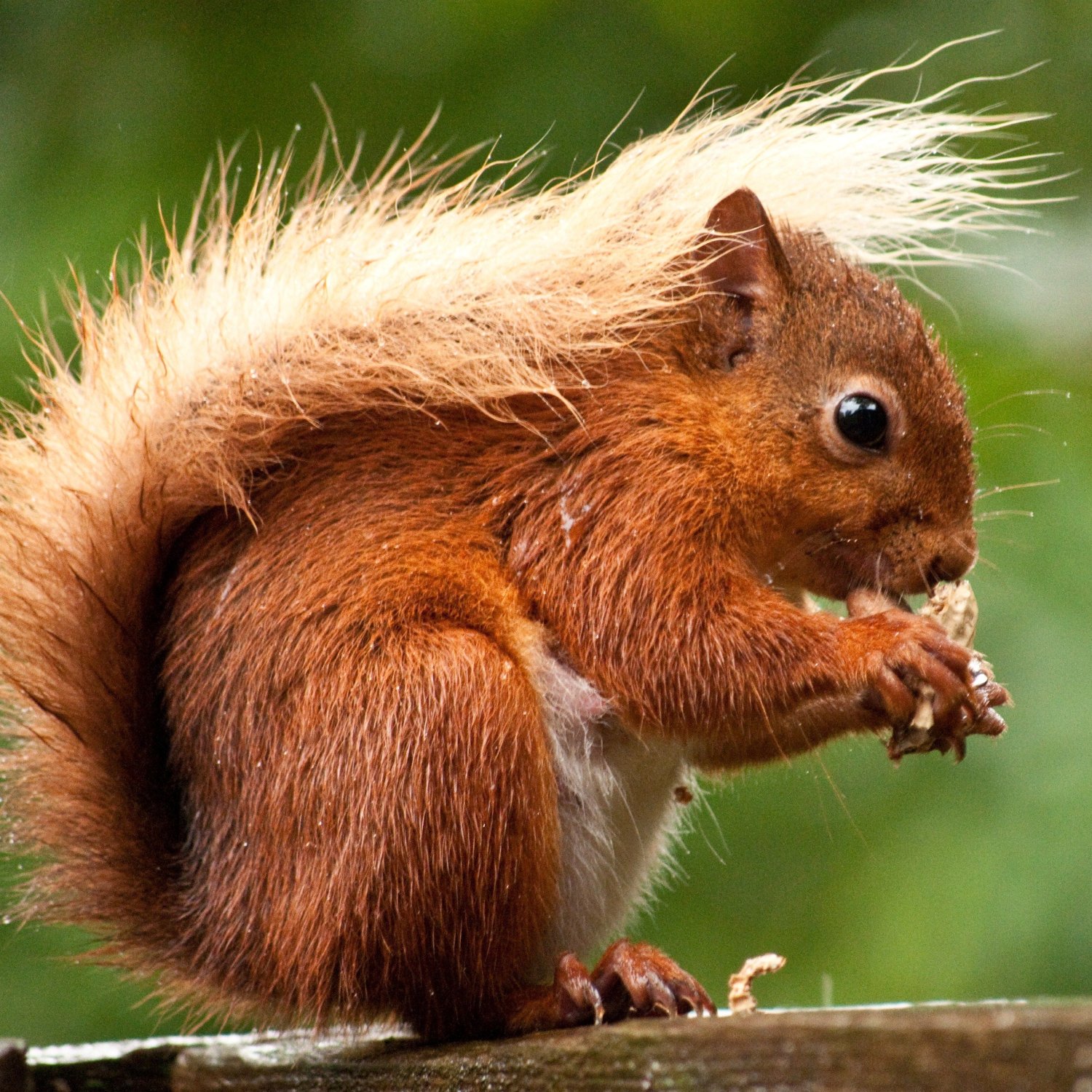
Squirrel
15-30 centimeters
: The squirrel is a small and slender animal with a bushy tail, measuring 15-30 centimeters in length. Belonging to the family Sciuridae, these adorable creatures can be found all over the world. Their acrobatic skills and love for nuts make them popular backyard visitors. #squirrel #wildlife #sciuridae
Animal Details Summary:
Common Name: Squirrel
Kingdom: Animalia
Habitat: Forests, woodlands, urban areas
The Lively and Adaptable Squirrel: A Mammal with Charisma
Squirrels are a common sight in many parts of the world. These cute and feisty animals are known for their busy and lively nature, often darting around trees and foraging for food. With their adorable bushy tails and furry bodies, squirrels have captured the hearts of many people, making them one of the most beloved mammals on the planet. In this article, we will explore the fascinating world of squirrels, their habitat, behavior, and unique features that make them stand out in the animal kingdom Squirrel.A Natural Born Explorer
Squirrels are small mammals belonging to the family Sciuridae and the order Rodentia. The scientific name for squirrels is Sciurus, derived from the Greek word 'skia' meaning shade and 'oura' meaning tail, which translates to 'shadow-tailed'. These furry creatures are known for their ability to climb and jump on tree branches with agility, thanks to their sharp claws and muscular hind legs. Squirrels are found in different locations around the world, including North and South America, Africa, Eurasia, and Australia, making them a truly global species.Squirrels have a wide variety of habitats, ranging from forests and woodlands to urban areas. They have a knack for adapting to their surroundings, making them a highly successful and versatile species. They build nests, called dreys, made of twigs and leaves in tree branches to protect themselves from the elements and predators. These nests also act as a safe haven to give birth and raise their young ones.
A Varied Diet
Squirrels are omnivorous animals, meaning they eat both plants and animals Striped Hyena. Their diet consists of nuts, seeds, fruits, insects, bird eggs, and even small birds or mammals. They have sharp incisors that help them crack open nuts and chew through branches to reach the sap inside. In urban areas, they are known for raiding bird feeders and scavenging for food in garbage cans.One of the most fascinating aspects of squirrels is their ability to store food for the winter. They have a remarkable memory that helps them locate their stash of food, even buried under layers of snow. Squirrels have special adaptations for carrying food, such as pouches in their cheeks, which can expand to almost the size of their head.
Feisty and Adaptable
Squirrels are known for their feistiness and cheekiness. They are highly territorial animals and will fiercely defend their territory and food sources from other squirrels. Squirrels are also very vocal animals, communicating with high-pitched vocalizations, especially during mating season. They also use their tails to convey different messages, such as waving it to signal danger or flicking it to show aggression.These small mammals are also known for their incredible adaptability. They can adjust to different environments and food sources, making them a successful species. In urban areas, they have learned to forage for food in garbage cans and hunt for insects in parks and gardens. Their ability to adapt to new habitats and food sources makes them a resilient and versatile species.
A Rainbow of Colors
Squirrels come in a variety of colors, including brown, gray, red, and black. Their fur color and pattern help them blend into their surroundings and provide camouflage from predators. This variation in color can also be attributed to their wide geographical distribution, as different species of squirrels have adapted to their specific environments.One of the most unique features of squirrels is their fluffy tail. The tail, also known as a bushy tail, helps them with balance and serves as a blanket to keep them warm in the winter. In some species, the tail can also be used as a communication tool, as mentioned earlier. The tail is also used to keep squirrels cool in the summer by flattening it out and exposing the blood vessels underneath, allowing heat to escape.
Small Yet Mighty
Squirrels have a small and slender body, measuring between 15-30 centimeters. Despite their small size, squirrels are powerful animals with sharp claws and incisors, making them excellent climbers and foragers. They also have keen senses, including excellent eyesight and hearing, which help them detect predators and locate food sources.Squirrels have a lifespan of around 4-6 years in the wild and can live up to 15 years in captivity. They are highly social animals that live in colonies, with individuals helping each other find food and raise young ones. Baby squirrels, also known as kits, are born blind and hairless, and rely on their mothers for protection and nourishment. As they grow, they learn essential survival skills from their mothers and start exploring the world around them.
A Symbol of Resourcefulness and Adaptability
Squirrels have captured our hearts with their adorable appearance and lively nature. These tiny mammals have adapted to various environments and have learned to survive in changing landscapes. They are symbols of resourcefulness and adaptability, reminding us of the importance of being able to adjust to different situations.Their ability to store food for the winter has inspired many stories and fables, making squirrels one of the most popular animals in literature and culture. In many Native American cultures, squirrels are considered messengers of the spirit world, urging us to adapt to change and embrace our wit and agility.
Threats to the Squirrel Population
While squirrels are a versatile and adaptable species, they face several threats in the wild. The destruction of their habitats due to deforestation and urbanization is a significant threat to squirrel populations. This not only reduces their living space but also disrupts their food sources, making it harder for them to survive.Accidental deaths due to human activities, such as collisions with vehicles or getting tangled in wires, also pose a threat to squirrel populations. Another significant threat to squirrels is the introduction of non-native species, such as the gray squirrel in the UK, which competes with native species for food and resources.
In Conclusion
Squirrels are fascinating creatures with a unique set of features that make them stand out in the animal kingdom. From their adaptability to their lively and feisty nature, these small mammals have captured our hearts and inspired countless stories and fables. They remind us to be resourceful and adaptable, and to appreciate the diverse and beautiful animals that share our planet.As we continue to understand the importance of conserving our natural resources and protecting the habitats of different species, it is crucial to also consider the impacts of our actions on these cute and charismatic animals. Squirrels may be small, but they play a vital role in maintaining the balance of our ecosystem and are an essential part of our natural world. By learning more about them and their way of life, we can appreciate and preserve these charming creatures for generations to come.

Squirrel
Animal Details Squirrel - Scientific Name: Sciurus
- Category: Animals S
- Scientific Name: Sciurus
- Common Name: Squirrel
- Kingdom: Animalia
- Phylum: Chordata
- Class: Mammalia
- Order: Rodentia
- Family: Sciuridae
- Habitat: Forests, woodlands, urban areas
- Feeding Method: Omnivorous
- Geographical Distribution: North and South America, Africa, Eurasia, Australia
- Country of Origin: Varies depending on the species
- Location: Worldwide
- Animal Coloration: Various colors including brown, gray, red, and black
- Body Shape: Small and slender with a bushy tail
- Length: 15-30 centimeters
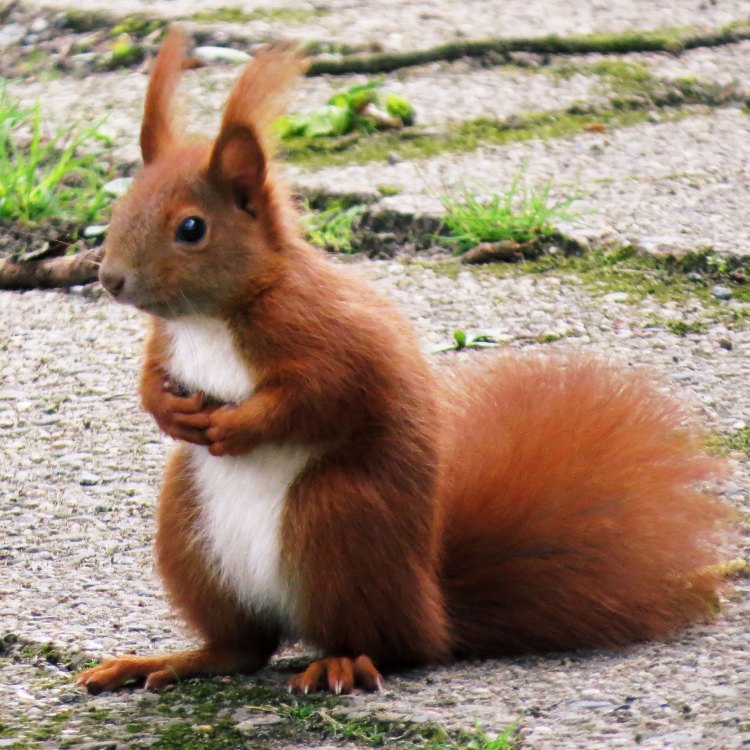
Squirrel
- Adult Size: Small to medium-sized
- Average Lifespan: 3-10 years
- Reproduction: Sexual
- Reproductive Behavior: Polygamous
- Sound or Call: Chattering, squeaking, barking
- Migration Pattern: Some species migrate, others do not
- Social Groups: Generally solitary, but some species live in small groups
- Behavior: Active during the day (diurnal), agile climbers, hoard food
- Threats: Predators, habitat loss, pollution
- Conservation Status: Varies depending on the species
- Impact on Ecosystem: Seed dispersal, tree regeneration
- Human Use: Hunting, fur trade
- Distinctive Features: Bushy tail, sharp claws for climbing
- Interesting Facts: Squirrels can jump up to 20 feet, squirrels have excellent vision, squirrels have four front teeth that constantly grow
- Predator: Birds of prey, snakes, cats
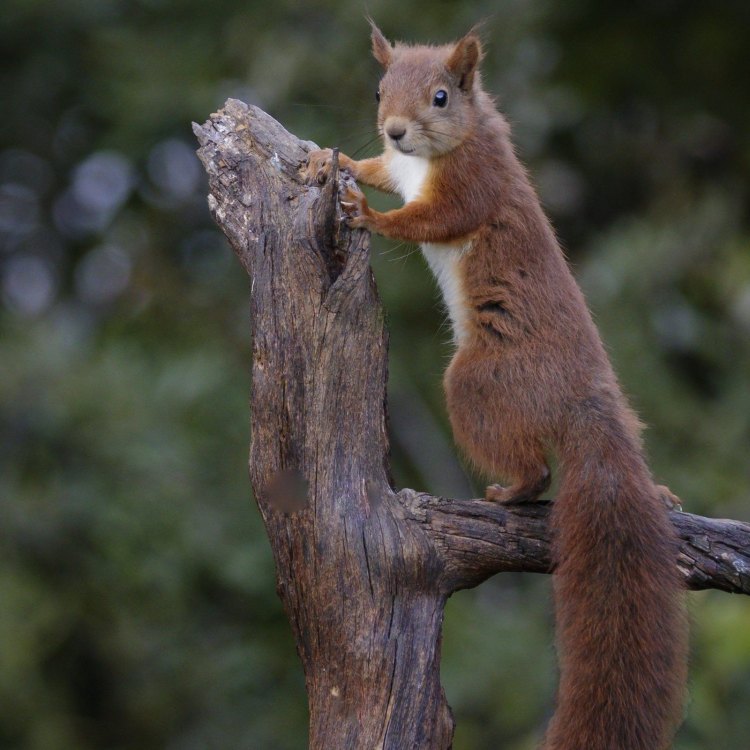
Sciurus
The Fascinating World of Squirrels: From Nimble Climbers to Seed Dispersing Ecologists
Have you ever seen a squirrel bolt up a tree or adorably nibble on an acorn? These seemingly elusive creatures are a common sight in many parts of the world, yet their intriguing behaviors and unique characteristics often go unnoticed. In this article, we will delve into the world of squirrels, exploring their size, lifespan, reproductive behavior, social groups, threats, conservation status, impact on ecosystems, human uses, distinctive features, interesting facts, and predators. Get ready to discover the fascinating life of these charismatic animals.Size and Lifespan
Squirrels come in a range of sizes, from small to medium-sized, depending on the species PeaceOfAnimals.Com. The smallest squirrel, the African pygmy squirrel, can fit comfortably in the palm of your hand, while the largest, the Indian giant squirrel, can grow up to 36 inches long. The average lifespan of a squirrel varies from 3 to 10 years, with some species living longer in captivity.Reproduction and Social Behavior
Squirrels reproduce sexually, with mating occurring in the late winter or early spring. Interestingly, squirrels are polygamous, meaning they have multiple mating partners. After mating, the female squirrel will give birth to a litter of 2-8 babies called kits or pups.Squirrels are generally solitary creatures, but some species, like gray squirrels and ground squirrels, live in small groups for protection against predators. Within these groups, there is a hierarchy, with the dominant male and female being the leaders. However, once mating season begins, these groups disband, and the squirrels become more solitary once again.
Behavior and Habits
Squirrels are diurnal, meaning they are active during the day Sequined Spider. They have excellent vision and use it to forage for food and to keep an eye out for potential predators. Squirrels are also incredibly agile climbers, able to run up, down, and around trees with ease. In fact, they can jump up to 20 feet in a single leap!One of the most well-known behaviors of squirrels is their hoarding habits. During the fall, squirrels collect and store food, such as nuts and seeds, in hidden locations called caches. This behavior helps them survive during the colder winter months when food is scarce. Incredibly, squirrels have a remarkable memory and can remember the exact location of their hidden food caches.
Threats and Conservation Status
Unfortunately, squirrels face several threats in the wild, including predation, habitat loss, pollution, and road incidents. Birds of prey, such as hawks and owls, are their main natural predators, along with snakes and cats.Habitat loss due to deforestation and urbanization is a significant threat to squirrels, as it reduces their ability to find food and shelter. Pollution, such as pesticides and chemical spills, also affects squirrels, as it can contaminate their food sources and damage their health.
The conservation status of squirrels varies depending on the species. Some, like fox squirrels and gray squirrels, are considered of least concern, while others, like the red squirrel and Japanese giant flying squirrel, are classified as threatened or endangered.
Ecological Impact
Despite their small size and seemingly harmless nature, squirrels play a vital role in their ecosystems. As avid seed gatherers, they help disperse seeds, allowing for the regeneration of trees and plants in their habitats. This dispersal also helps with the growth of new trees, as squirrels often cache more food than they actually consume, leading to ungerminated seeds sprouting and growing into new trees.Therefore, the presence of squirrels in an ecosystem is essential for maintaining a healthy and balanced environment. Without them, the growth and regeneration of certain plant species could be significantly affected, leading to potential disruptions in the entire ecosystem.
Human Uses
Unfortunately, humans have a long history of exploiting squirrels for their fur and meat. In many cultures, squirrels are considered a delicacy and are hunted for their meat. Their fur is also highly coveted for its softness and warmth, leading to the fur trade industry.However, squirrels also have a positive impact on humans. In urban areas, they provide entertainment and joy for people watching them scamper around in parks and gardens. In some cultures, squirrels are considered a symbol of good luck and prosperity.
Distinctive Features and Interesting Facts
Squirrels have several distinctive features that make them easily recognizable. One of the most prominent features is their bushy tails, which they use for balance, communication, and keeping warm during colder months. Additionally, squirrels have sharp claws that help them grip onto trees and surfaces while climbing.Did you know that squirrels have four front teeth that constantly grow? To keep them from overgrowing, squirrels must constantly gnaw and chew on objects, which can sometimes lead to damage to trees and human property. However, this habit is also essential for their dental health and helps them maintain a sharp bite for defense and foraging.
Some other interesting facts about squirrels include their ability to rotate their ankles 180 degrees, their keen sense of smell, and their ability to communicate with each other through a series of chattering, squeaking, and barking sounds.
Predators of Squirrels
As mentioned before, birds of prey, such as hawks and owls, are the main predators of squirrels. These raptors have keen eyesight that allows them to spot squirrels from high up in the sky. Snakes and cats are also common predators of squirrels, as they can easily sneak up on them while they are on the ground foraging for food.Final Thoughts
In conclusion, squirrels may seem like simple creatures, but they possess a wide range of fascinating traits and behaviors that make them essential members of their ecosystems. From their acrobatic climbing skills to their role in seed dispersal and tree regeneration, squirrels play a vital role in maintaining a balanced and healthy environment. As we continue to learn more about these little creatures, let us remember to appreciate and protect them for their unique contributions to our world.
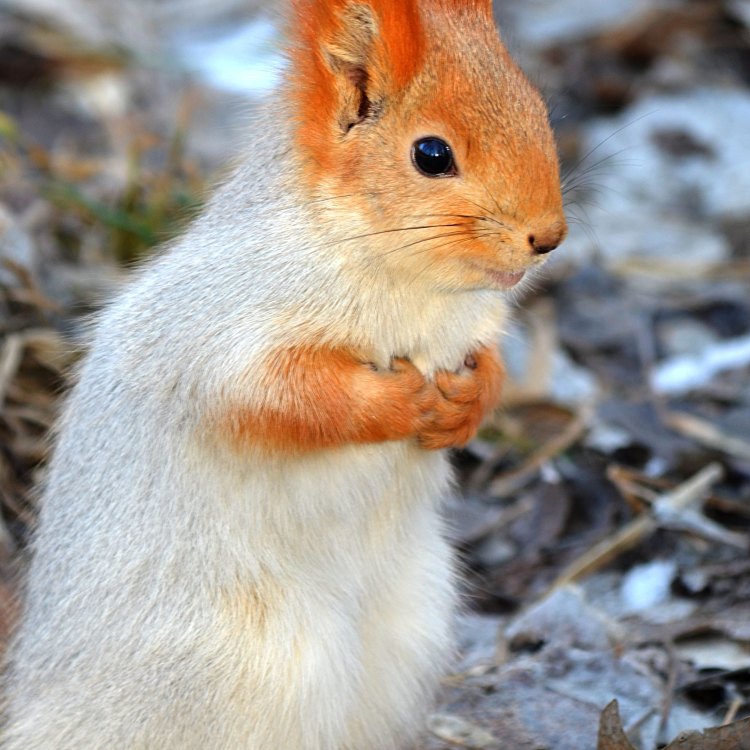
The Lively and Adaptable Squirrel: A Mammal with Charisma
Disclaimer: The content provided is for informational purposes only. We cannot guarantee the accuracy of the information on this page 100%. All information provided here may change without prior notice.


